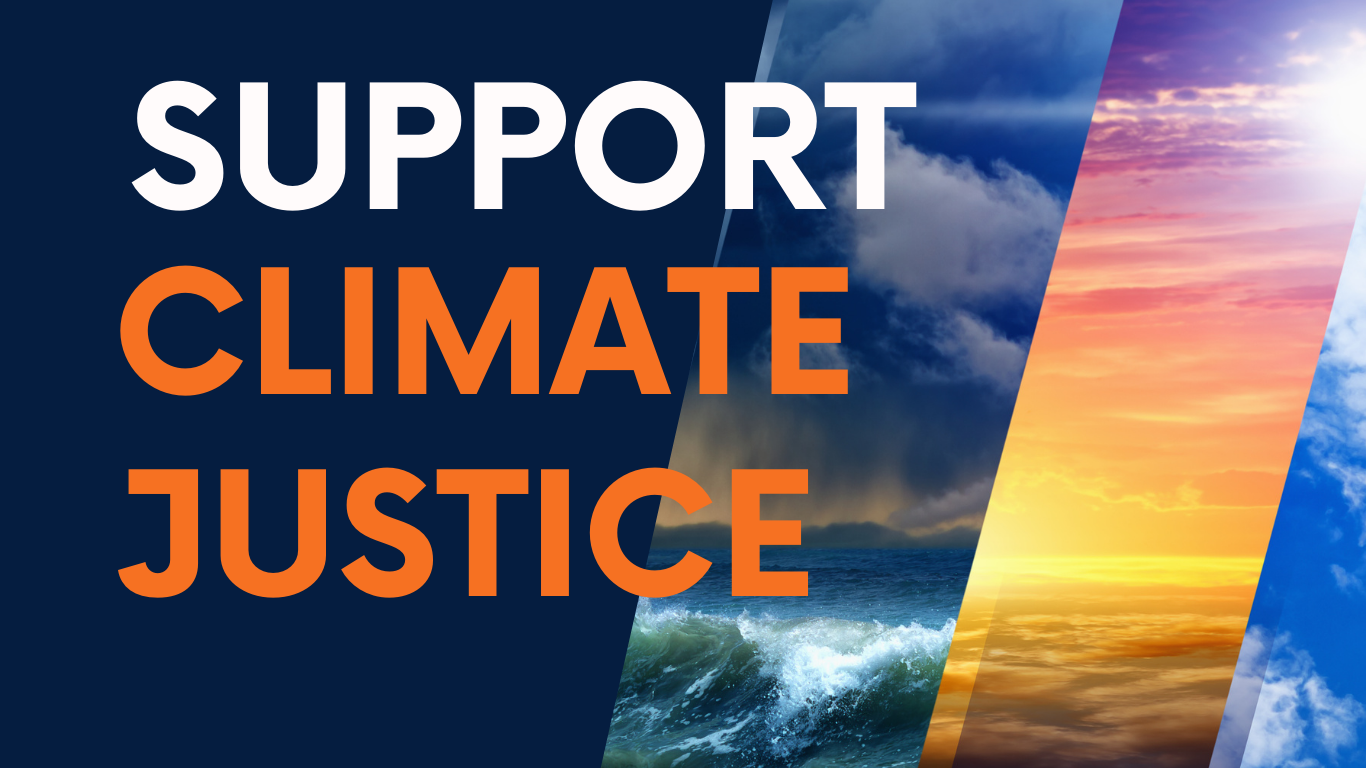A study published on Science.com entitled “Fairness considerations in global mitigation investments”, found that climate finance flows from the global north to the global south must be between $250bn to $570bn to meet the target net zero goal outlined in the Paris Agreement.
This estimate is a far cry from the current reality since developed countries have failed to mobilize the $100bn in climate finance promised in the Paris Agreement. Nations have been tasked to set a new climate finance target in recent climate negotiations.
The current commitment is $150bn less than what has been determined to be the “most amenable” allocation scheme of a “fair” distribution of investment cost for the global north. This means at the least, the global superpowers called to mobilize $250bn in climate finance yearly to flow equitably to the underdeveloped and most vulnerable nations.
However, there is no agreement on the principle of “common but differentiated responsibilities and respective capacities, in light of different national circumstances” or CBDR-RC, which was enshrined in the Paris Agreement. Parties have been unable to define and quantify the CBDR-RCs among themselves and as a result, discussion of how to equitable divide up responsibility remains ongoing.
The study, conducted by Dr Shonali Pachauri, and a team of researchers from the International Institute for Applied Systems Analysis (IIASA) use the global mitigation scenarios published in the sixth assessment report released by the Intergovernmental Panel on Climate Change (IPCC) – scenarios which provide data on where it is cheapest to cut emissions by distributing mitigation investment.
These distributions are done in a cost-effective manner taking into consideration location, socioeconomic conditions, and technological constraints and assumptions. These scenarios do not point out however who should be responsible for funding the necessary mitigation investments.
The study focuses on discussing possible alternatives to “fair” interregional mitigation finance flows and created a useful web tool to “systematically explore ‘fair’ regional contributions to near-term regional mitigation investment needs (2020-2030) derived from global cost-effective mitigation pathways assessed by Working Group III within the IPCC AR6.”


The study found that even when historical CO2 emissions are ignored, and CO2 emitted cumulatively since 1990 is applied, as favorable to North America and Europe, and the lower cost-effective need bounds are utilized, “fair” distribution of mitigation finance flows to other regions would still range from between $250bn in the least.
Full consideration of CO2 emissions since 1850 puts interregional mitigation flows in the trillions annually.
The IPCC believes that the global market holds enough capital to meet the necessary investments for mitigation efforts and that a redirecting of public, private, and philanthropic capital needs to take place.
The Bridgetown Town Initiative calls for a reform of the multilateral development banks and the International Monetary Fund — in essence the global financial structure.
A rise in the cost of living because of the COVID-19 pandemic and partly caused by the war in Ukraine. A developing debt crisis following the COVID-19 pandemic and climate catastrophes in developing states, and the wider context of global warming causing melting glaciers, extreme storms, and more prolonged droughts. This is considered a three-pronged global crisis by Prime Minister Mia Mottley.
Redistribution of wealth and equitable solutions to the issue of lack of finance flow to the most vulnerable state will take local, individual action and international collaboration since the nations of the developed world are the ones that hold the finance. In order to meet the target to veer our world to a path of safety, ensuring substantial flows of capital from the developed world to developing nations must take place “quickly and fairly” the study points out.







